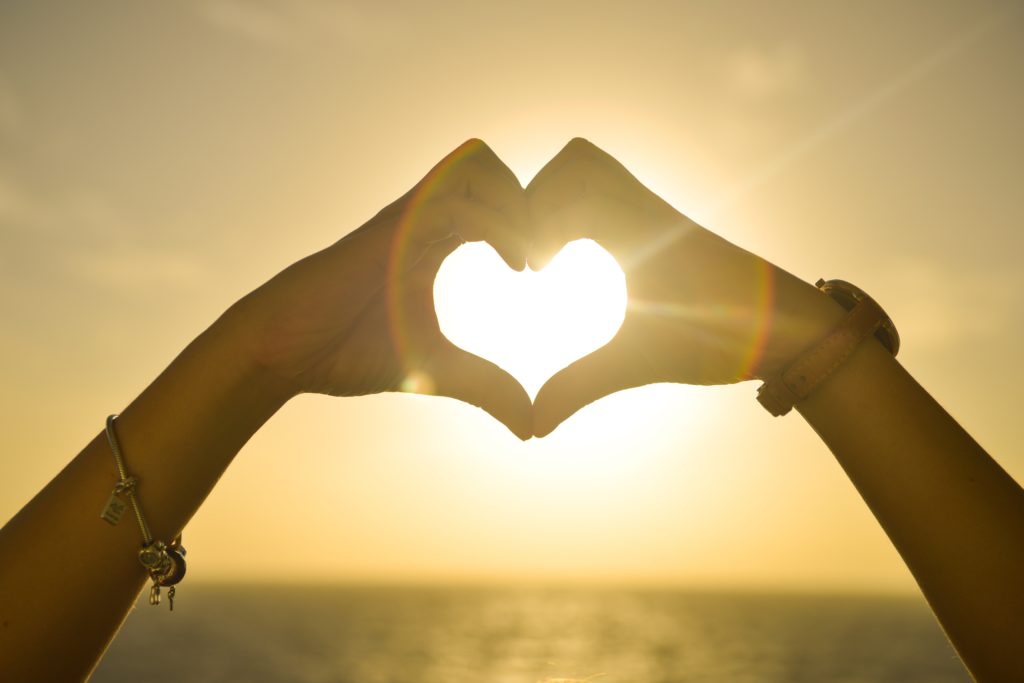The concept of romantic love is a popular one these days, but it has not been the same thing for our ancestors thousands of years ago. You don’t even need to go that far. As late as the 1920s, many young men and women were matched by their parents, mostly in Asia and Africa. These matches were seen as the best social and economic move not only for the young person but also for their family’s standing in the community. Often these unions were symbolized with ritual ornaments: necklaces, bracelets, engagement or promise rings, or even a trousseau or dowry.
If it were not for the period of romanticism, we might still be meeting our future spouses through matchmakers and family agreements. But thankfully, in the late 1800s, the artistic movement called romanticism became the vogue in high society, and the individual became the center of all thought and feelings. Emotion became the prime source of authenticity, and any human being who aspired for freedom, beauty, and the arts were seen as true heroes.
As the movement progressed, it moved out of the intellectual salons of Europe. It influenced the masses through the books, poetry, and artistry of the romantic writers and poets, such as Lord Byron, Sir Walter Scott, and Edgar Allan Poe. Then Queen Victoria stamped her own style of romanticism when she chose Prince Albert as her consort. She chose him not for political gain or status, but for love. And we have not looked back ever since.
Modern Love
But times have changed, and even though we still view feelings as vital for any romantic relationship, modern life and the other things that came up after romanticism has made love even more difficult or at least elusive. Liberalism and feminism have made relationships more complicated, as many couples need to unlearn the gender stereotypes most of them had known as normal since childhood. Then,there’ssocial media, online dating, personal ads, group dates, and even matchmakers; all of these are tools people use to find their one true romantic ideal.
Fetishizing Romance
Such ideas often lead people to peculiar notions of what love should be like. You don’t have to go far; you’ll find it in movies, books, television, and countless stories on the internet. We see it the annual celebration of St. Valentine’s Day, when countless roses, cards, and dinner dates are planned, if only to be with “the one.” In many ways, romanticism destroyed the one thing it was meant to protect.
Do people truly believe they will meet “the one”? Or are people only trying to meet society’s expectations and demands of what is expected in a normal person’s romantic relationships? It seems that people are more into the experience of having a relationship and have become so absorbed in the chase itself that they have lost sight of their goal: to find a person they can share their lives and grow old together.
Love is Love is Love
So the freedom people enjoy now is double-edged. Choice is the prime motivator for anything, but when it comes to love, freedom has only made it more elusive than ever. Though more people are chasing it, more people are also losing it. It’s no wonder we have become so obsessed with the things that remind us of love: wedding bands, bouquets of flowers, locks of hair, promise rings, and photographs of happier times. Becausewe, now more than ever, realize the true value of love and loving: the complete sacrifice of our being to the beloved, no matter who it is at the moment.

Leave a Reply